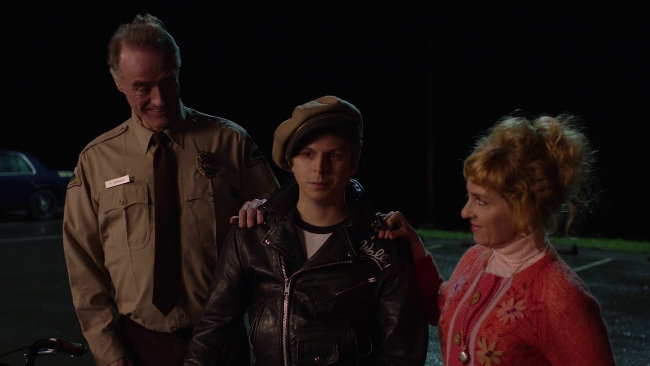It's amusing to read Daniel Albright's writings on Modernism -- brimming with enthusiasm and insight as if Beckett and Schoenberg were alive today and needed explanation -- alongside Jonathan D. Kramer's book Postmodern Music, Postmodern Listening (2016), which treats Modernism as a slightly tainted artifact of the distant past, deserving no sympathy or apologetics. In a series of posts we'll consider this disjunction.
Kramer's book was published posthumously so he can't be blamed entirely for the following passage from Chapter 1.1 (footnotes omitted):
A more subtle and nuanced understanding of postmodernism emerges once we consider it not as a historical period but as an attitude -- a current attitude that influences not only today’s compositional practices but also how we listen to and use music of other eras. Umberto Eco has written tellingly, “Postmodernism is not a trend to be chronologically defined, but, rather, an ideal category or, better still, a Kunstwollen, a way of operating. We could say that every period has its postmodernism.” Jean-François Lyotard suggests a still more paradoxical view of the chronology of postmodernism: “A work can become modern only if it is first postmodern. Postmodernism thus understood is not modernism at its end but in the nascent state, and this state is constant.” Lyotard seems to believe that before a work can be understood as truly modern, it must challenge a previous modernism. Thus, to take Lyotard’s example, Picasso and Braque are postmodern in that their art goes beyond the modernism of Cézanne. Once their art has achieved this postmodern break with the past, it becomes modernist. Similarly, certain music of Mahler, Ives, and Nielsen, for example, becomes postmodern by going beyond the modernist practices of such composers as Berlioz, Liszt, and Wagner.
This statement isn't paradoxical so much as it is confused: "Picasso and Braque are postmodern in that their art goes beyond the modernism of Cézanne. Once their art has achieved this postmodern break with the past, it becomes modernist." "Going beyond" suggests belief in progress, which elsewhere Kramer says is a Modernist trait, not Postmodernist. Ditto, "breaking with the past." So, all these artists going beyond other artists would seem to be flavors of Modernism, not something new that requires definition.
[continued in next post]



